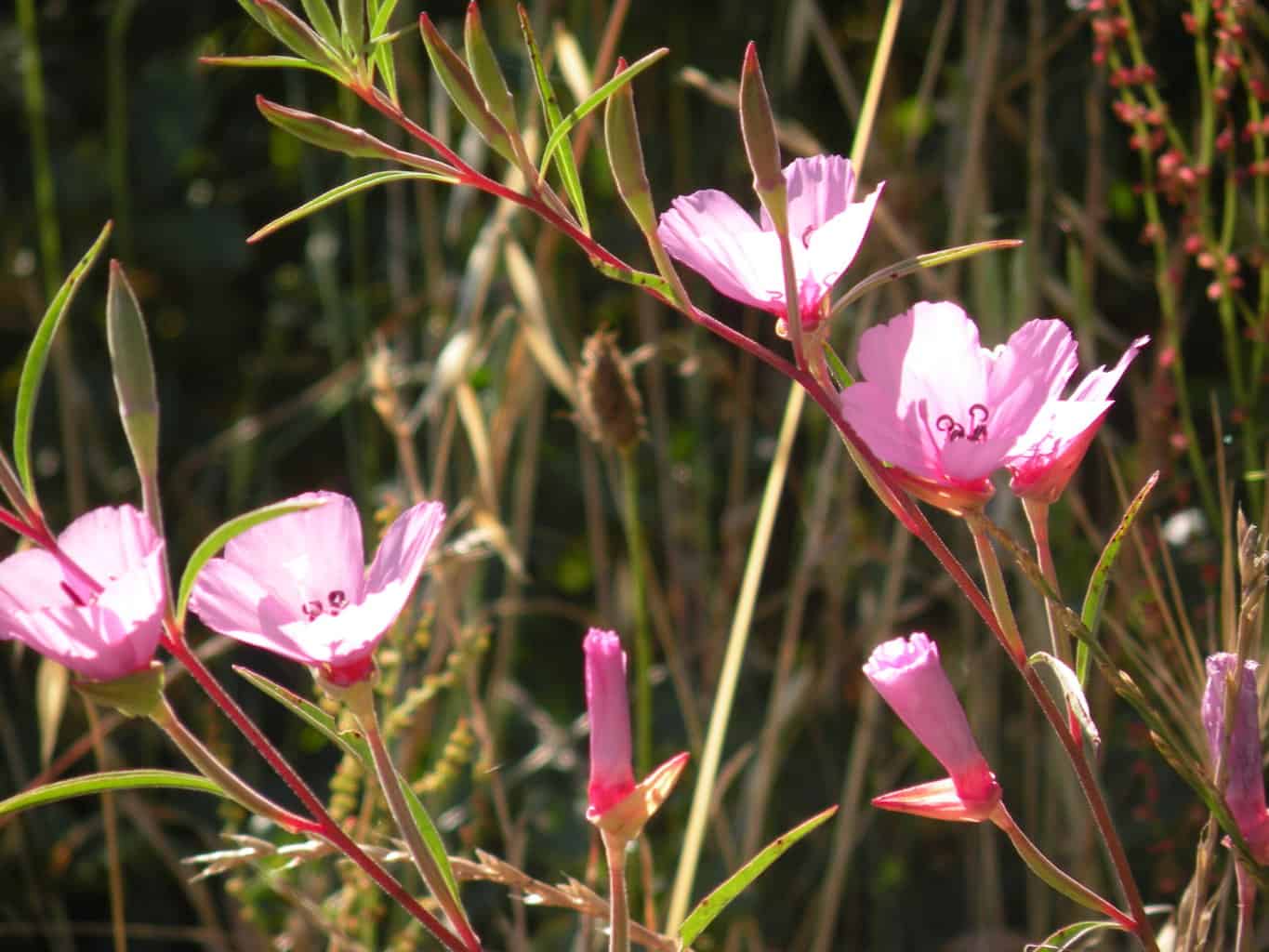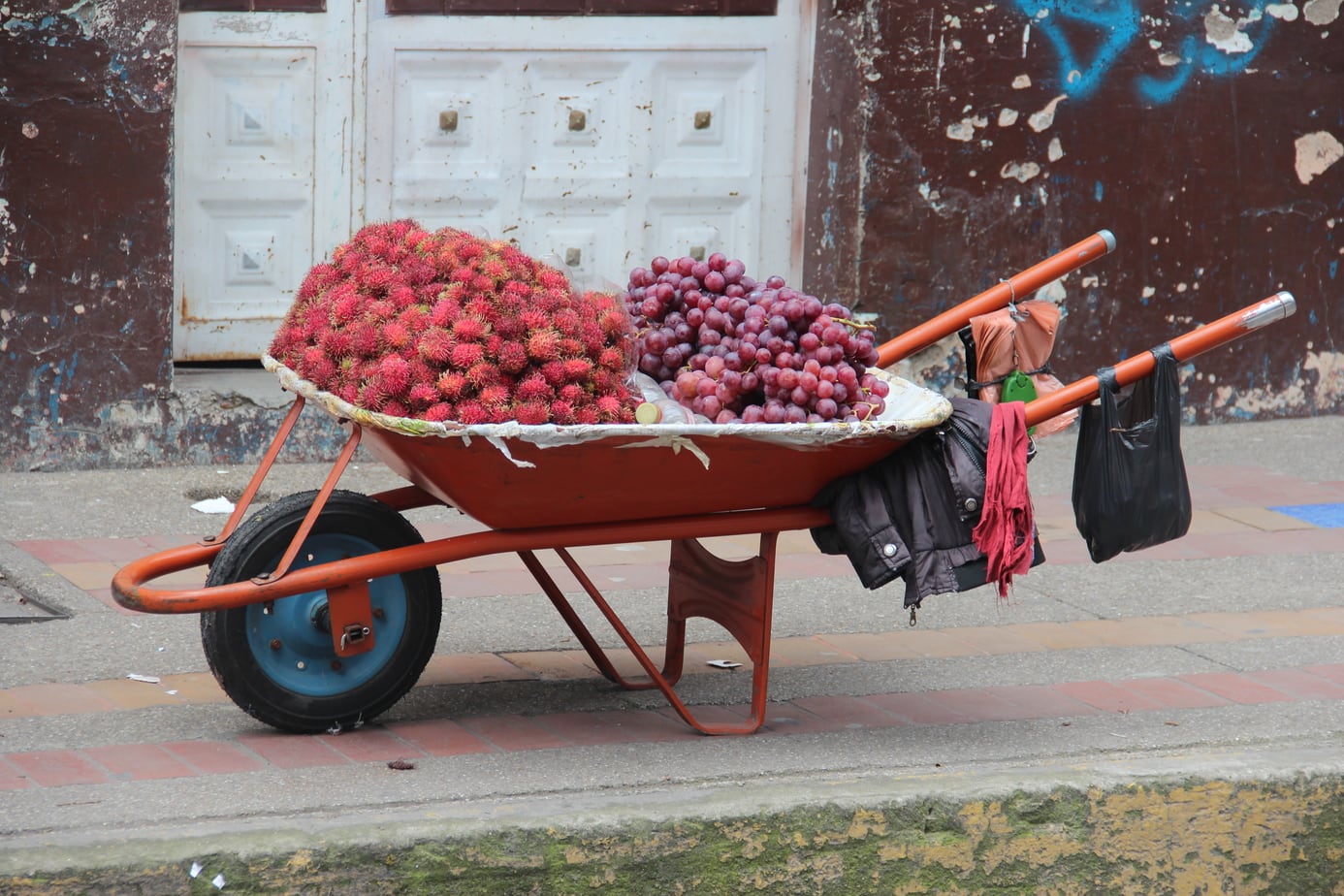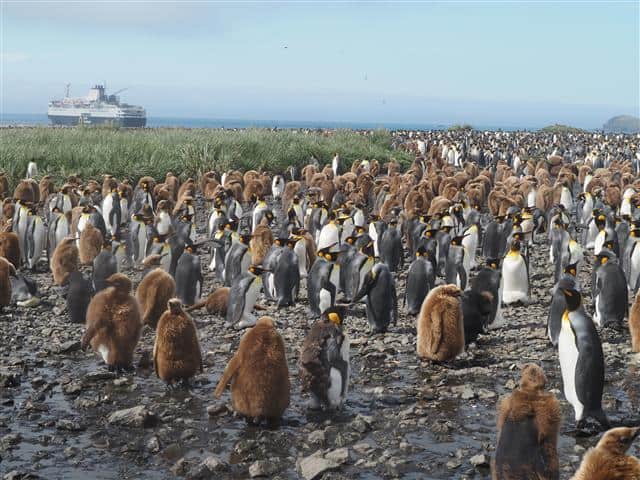Susan Alcorn’s Hiking & Backpacking Newsletter, June 2025
CONTENTS:
#1. Who Knew? Western Gulls
#2. Bear canister requirements and protecting your food (PCTA)
#3. Camino interest: Victoria’s spreadsheets on Camino routes
#4. ALDHA-West Gathering Sept. 26-28. Tickets now available
#5. Good Reading at the Campsite. Timothy Rice’s, The Good Rain: Across Time & Terrain in the Pacific Northwest—and Philip Werner’s, “Hiking over 60: A Modern Guide to Hiking Gear and techniques for Active Adults.”
#6, Regional Bay Area: Crab Cove Sand Sculpture Day
#7. Regional Bay Area: El Cerrito Trail Trekkers: Kensington Path Hike
ARTICLES:
#1. Who Knew? If you’ve ever seen a Western Gull on one of your coastal hikes, you may have noticed that the adults have a red splotch on the underside of their yellow bill. It’s definitely not blood—but what is it? Turns out, according to Bay Nature’s Almanac (2025 Spring issue), the red spot is of great use to the young gulls. The chicks are attracted to red–and peck at it the adults’ red spot. That in turn, makes the adult gull, involuntarily, regurgitate, and the chicks eat regurgitated food.

#2. Bear canister requirements and protecting your food – PCTA. “The number of black bears has increased steadily in recent decades. In California, the bear population has grown from about 10,000 in the 1980s to around 60,000 now. Their range has also expanded. In places where you didn’t use to worry about bears getting your food, there are now bears. Bears are at home in the mountains of the PCT from the southern deserts to the northern border.”
Read more here.
Also, be sure to read the following article by PCT Staff. Bear-hiker conflicts increasing south of High Sierra on the PCT May 24, 2025
Here are a few tips to remember this hiking season to keep yourself and your friendly neighborhood black bear safe–Excerpt from Inyo National Forest website. How to setup your camp in a bear-safe way.
- “Always keep your pack and smelly items within reach. Fetching water or taking a bathroom break? If you have a bear canister, set it outside of your backpack. If you do not, keep your pack with you.
- The team at BearVault recommends hikers dial in a packing plan before hitting the trail. “Food is one of the heaviest items in your pack, so rather than packing the canister as an afterthought, give it a priority spot close to your back for better balance. In ultralight packs, canisters can even help add some structure. Once at camp, they double as a stool or even a “foam” roller for sore muscles! Many thru-hikers come to love their canisters, and it becomes an essential piece of kit for every backpacking trip.”
- For all wildlife, from rodents to ravens to bears, we recommend using a bear canister for your entire journey on the PCT. We strongly recommend carrying one north from Tehachapi to Truckee, CA, in Lassen NP, and in northern Washington.
- In a few regions of the Sierra, a “bear hang”, or counterbalance, if done perfectly, is still permitted food storage. This method is extremely difficult to execute effectively and has high failure rates, often due to a lack of appropriately sized trees, insufficient rope, or user error. Ultimately, a bear hang is a delaying tactic- be prepared to defend your food.
- Animal-resistant bags may be used to your advantage in Southern California, but note, this is not a permitted food storage method in all areas along the PCT.”
For more comprehensive information on food storage along the PCT, please visit Bear canister requirements and protecting your food – Pacific Crest Trail Association” Author: PCTA Staff
#3. Camino interest: This post was originally made on May 2022 on Ivar’s FB group, but info has been added. “Hi everyone! My name is Victoria – some of you may know me from the Camino Portugues Facebook group, where I went viral a few years ago for making an unhinged spreadsheet to map out my Camino… (
“Earlier… I shared in that group that I had built a tool to let pilgrims tinker around with daily distances on the Camino Portugues, and I was overwhelmed by the response. In the course of a few days, I had hundreds of requests to make a similar tool for other popular routes, and I spent all of easter weekend glued to my computer, building exactly that! You can find the tool at: caminoplanner.org
“It’s totally free, ad-free, and always will be (@ivar I promise this is not a commercial endeavour!! I actually am just this big of a nerd.) This started as a silly little passion project because I’m honestly kind of crazy and love playing around with data.
“As of now, the tool can help you plan the Primitivo, Frances, Norte, and Portugues (central + coastal) Caminos. If people want a version for the Camino de la Plata, I’d also be open to building this (but honestly I haven’t had many requests.)
#4, ALDHA-West Gathering Sept. 26-28. Tickets now available. A new location: “he Cal-Wood Education Center is a remote and beautiful mountain site located on 1,200 secluded acres in the Roosevelt National Forest, at 7,700′ elevation. It’s approximately 90 minutes driving from Denver, and approx. 60 minutes from Boulder. Lodging and meals included.
“⭐ Our 2025 Gathering will feature: Inspiring Keynote Speakers:
Martin D. Papendick Award for Trail Angel of the Year
Triple Crown Award Ceremony
Legendary Gear Raffle from our generous sponsors
ALDHA-West General Membership Meeting
Plenty of social time with our community
*We have a few remaining presentation slots for the gathering. We’re looking for dynamic storytellers that can inspire and educate our community. Topics can include (but are not limited to) thru-hiking a new long route, trail conservation and advocacy, and new faces and diverse voices that haven’t been previously showcased in our community. Nominate Speakers (click here). . . . and yes, you can nominate yourself 😎
“Our events are powered by awesome people like you. It takes a village to make this magic happen. We’ll share more volunteer opportunities in upcoming emails, but right now we’ve got two roles that need help..
*Cal-Wood Service Project: We are organizing a short and satisfying service project to help conserve the Cal-Wood acreage. We are looking for 35 volunteers to roll up their sleeves and make an impact, in exchange for a reduced-price ticket.
-
- Time commitment: Friday September 26th, from 2:00 to 4:00 pm.
- How to Join: If you can fully commit to this project, we invite you to purchase a reduced-price ticket on the gathering ticket page (more information here). Plan to arrive before 2pm on Sept 26th. We’ll outreach to confirm plans with you.
“Photographer: Help us photograph the Triple Crown Award Ceremony. We need someone to snap photos of each recipient and their award. Plus, you’ll have the best seat in the house. We are looking for a volunteer photographer who can bring their own equipment. “Time commitment: approx. 2 hours on Saturday evening Sep 27th.
“How to Join: If you can help with this job, please email secretary@aldhawest.org and put “gathering volunteer” in the title. We’ll reply and discuss details.
#5. Good reading at the camp site: The Good Rain: Across Time & Terrain in the Pacific Northwest (Vintage Departures) by Timothy Egan (Author). Thank you to FLAKE (trail name) for this recommendation.
Philip Werner’s, “Hiking over 60: A Modern Guide to Hiking Gear and techniques for Active Adults.” Part of my review: Philips’s Hiking over 60 checks all the boxes. It’s full of helpful advice for those who want to start hiking as well as those that want to resume hiking after a long hiatus. Werner’s website SectionHiker.com has provided hikers with tips and gear reviews for decades.
#6. SF BAY AREA REGIONAL: Annual Sandcastle and Sculpture Contest, Jun 21, 2025. All ages. Drop-In Program. Crown Memorial State Beach (Alameda): Otis Drive Park Entrance. “Description: Enjoy a day at the beach with friends and family, either building a unique work of art or strolling to admire others’ creation.
SCHEDULE: Event: Sat 9:00 AM – 1:00 PM
9am Registration begins (closes at 11am)
12pm Judging begins
1pm Awards ceremony
Categories include castles and sculptures by youth, families, and adults. The event is cosponsored by the Alameda Recreation & Parks Dept., East Bay Regional Park District, Alameda Youth Committee, and the Bay View Women’s Club. Stop by our information table! For more information, click HERE. MAP: Crown Memorial State Beach (Otis Drive Parking Lot)
#7. El Cerrito Trail Trekkers announces Kensington (a small community in the hills) between Berkeley and El Cerrito) Paths Tour, Saturday, July 26, 2025. 10 a.m. to roughly noon. “Visit a set of paths in Kensington that go between streets and were originally created to facilitate access to streetcars and later buses. Guide Rodney Paul will discuss the history of the paths and efforts to secure public ownership by the Kensington Pathkeepers group he’s involved in. We will see two paths that are blocked and hear about efforts to improve the others. Susan adds: some of these paths down to the buses can also still be found in Berkeley and Oakland hills.)
“The roughly 1.5-mile tour will go at a moderate pace, but much of the route is quite steep, so participants should have a level of fitness to ascend stairs and streets such as Coventry Avenue. Walking sticks may be useful. “Meet by Raxacoul Coffee and Tea, 299 Arlington Ave. The walk ends at Colusa Circle, where we could lunch at several locales.”

Happy Trails
Susan Alcorn
Susan ‘backpack45’ Alcorn
Shepherd Canyon Books, Oakland, CA
https://www.susandalcorn.com
https://www.backpack45.com
Author of Walk, Hike, Saunter: Seasoned Women Share Tales and Trails; Healing Miles: Gifts from the Caminos Norte and Primitivo; Patagonia Chronicle: On Foot in Torres del Paine; We’re in the Mountains Not over the Hill: Tales and Tips from Seasoned Women Backpackers; and Camino Chronicle: Walking to Santiago.
Thank you everyone. Stay well, keep hiking when prudent. I encourage you to send in items of interest to the hiking community to me at backpack45 “at sign” yahoo.com
Hiking and backpacking can be risky endeavors. Surely over the last couple of months you have heard, or read about some wilderness rescues. Dayhikes can go bad – people get lost and have to spend the night (nights) outdoors. Always be prepared for emergencies and carry food, water, shelter (warm clothing, etc.), flashlight/headlamp, matches, first aid supplies, and maps. Cell phones don’t always work. Leave word where you are traveling and when you are due back.
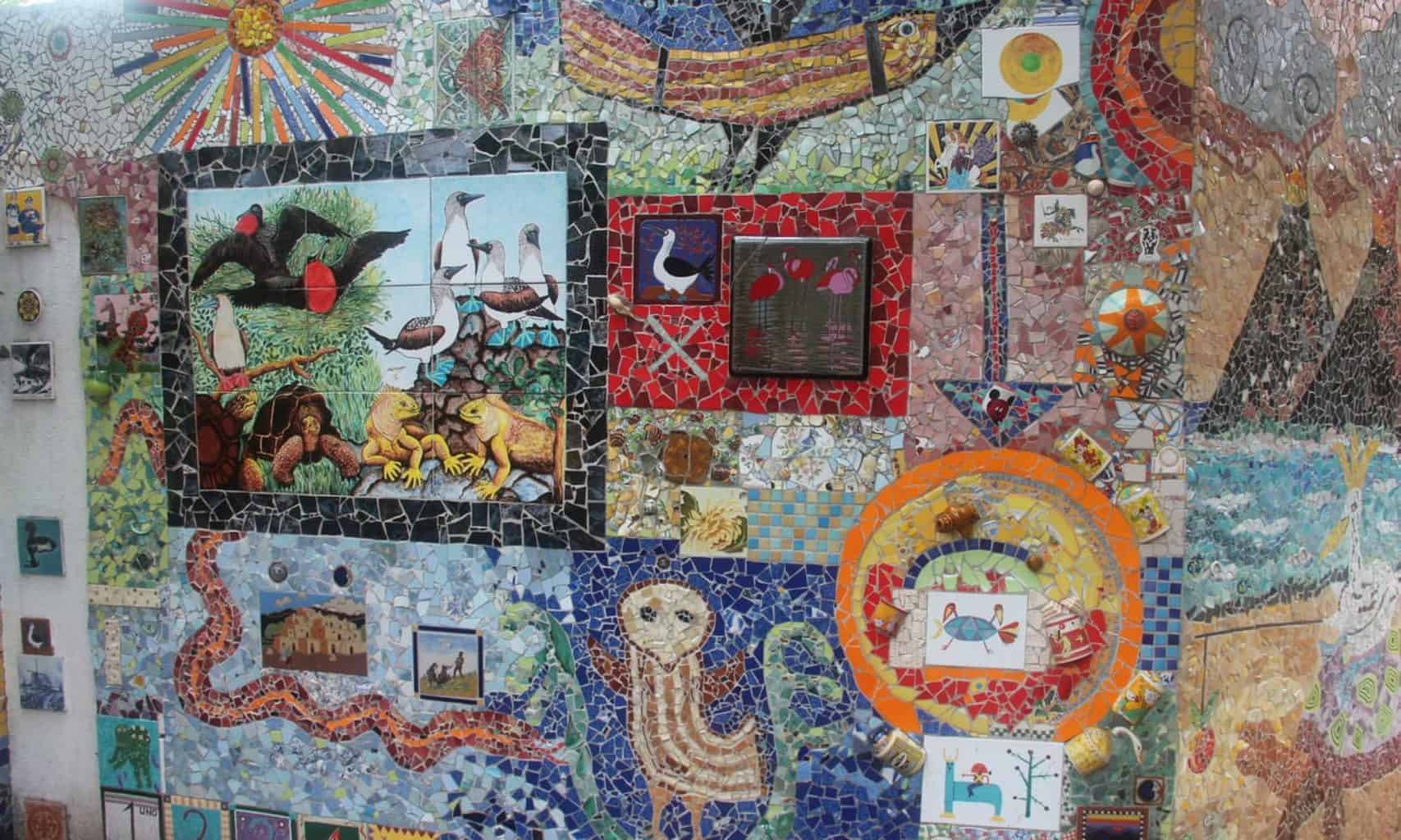

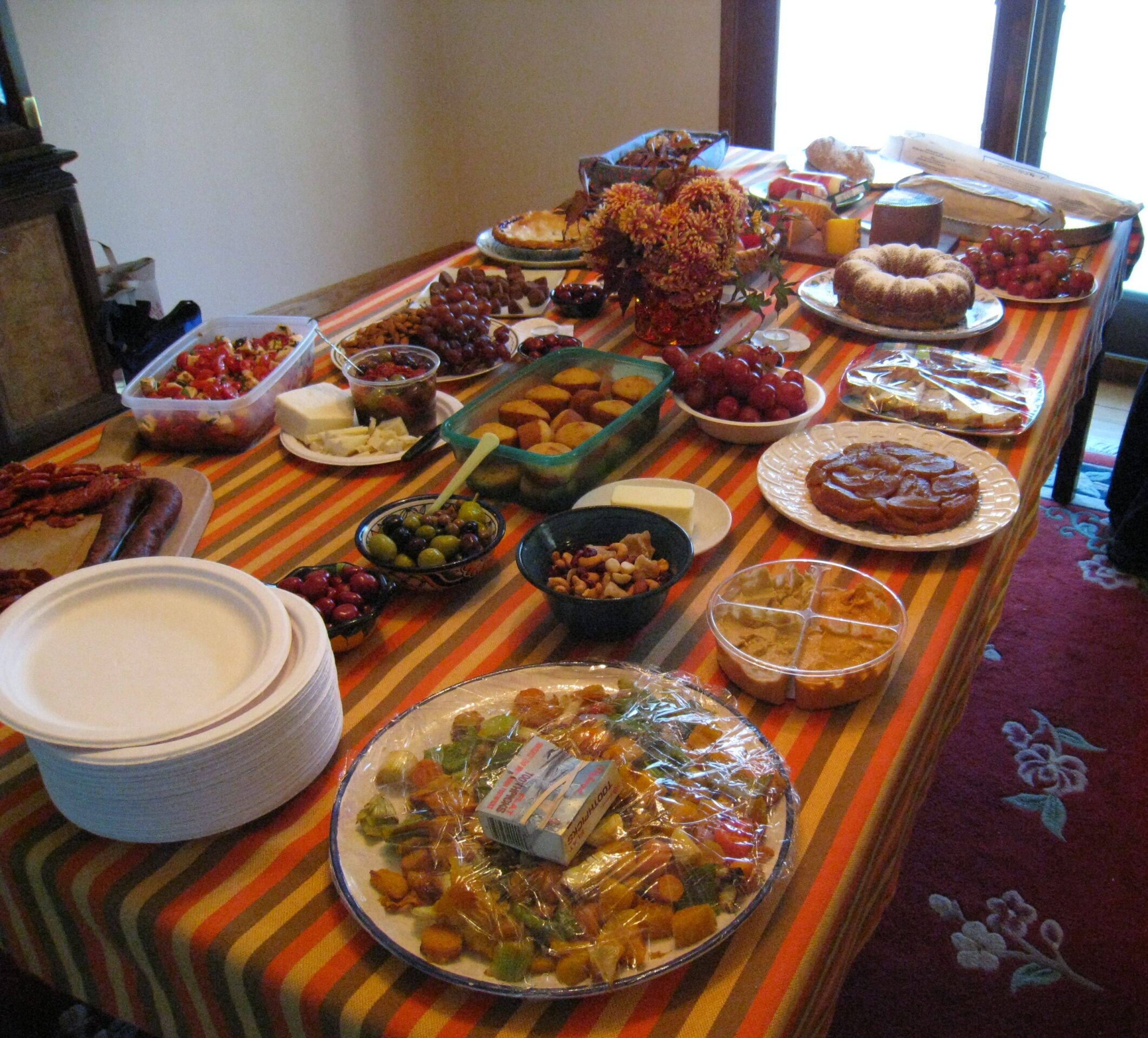

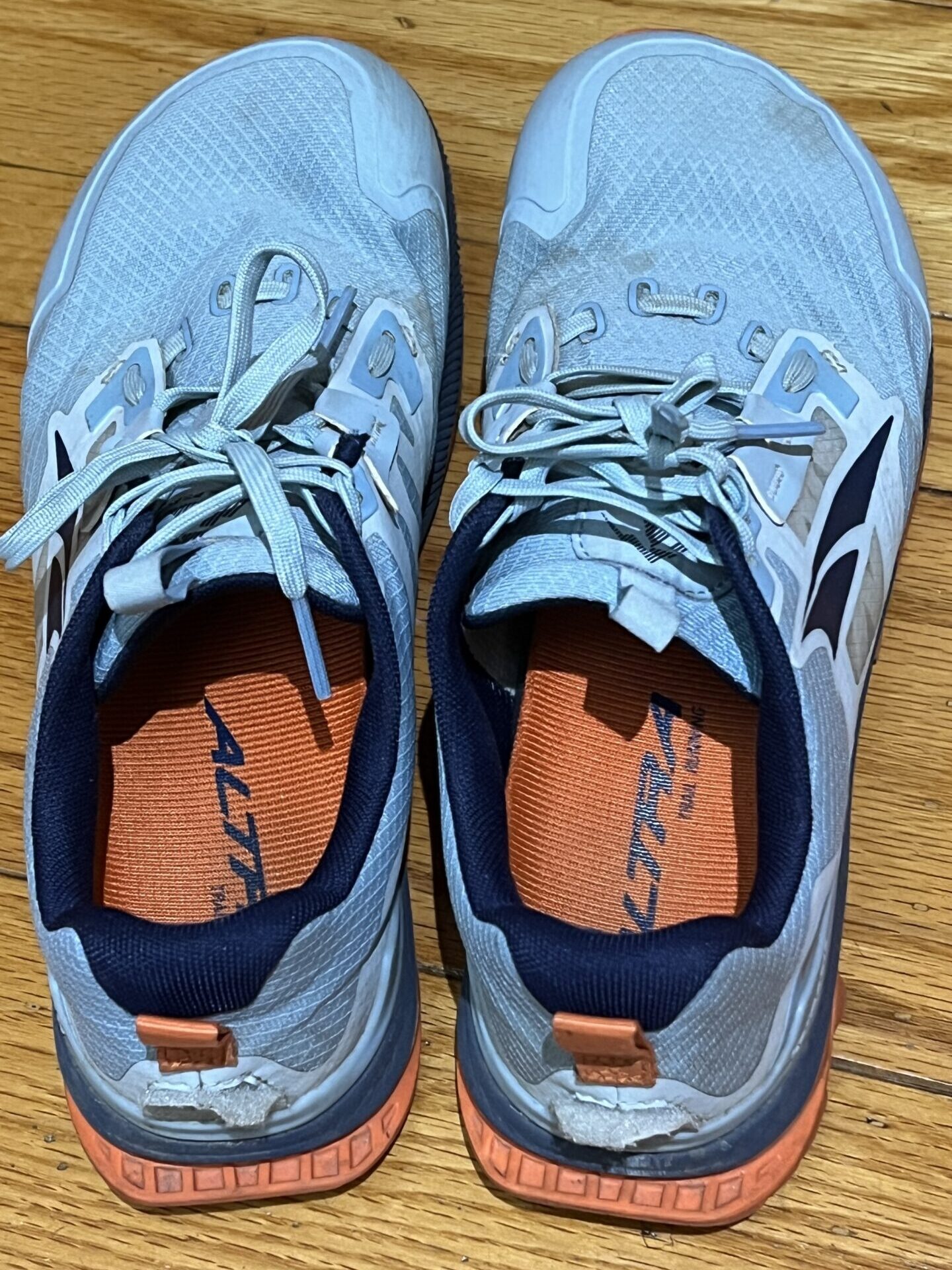 Altra Lone Peak
Altra Lone Peak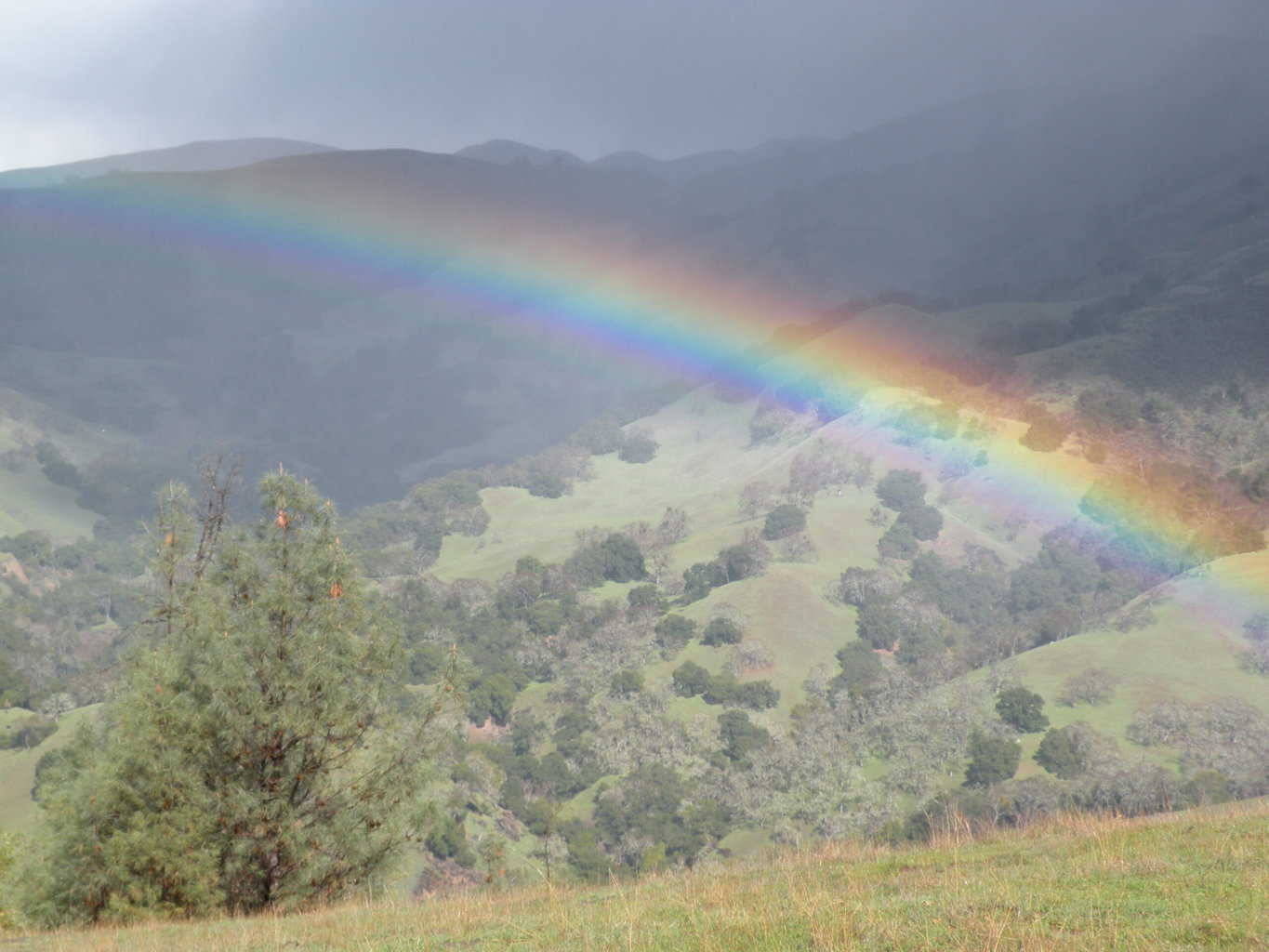 Sunol Regional Park
Sunol Regional Park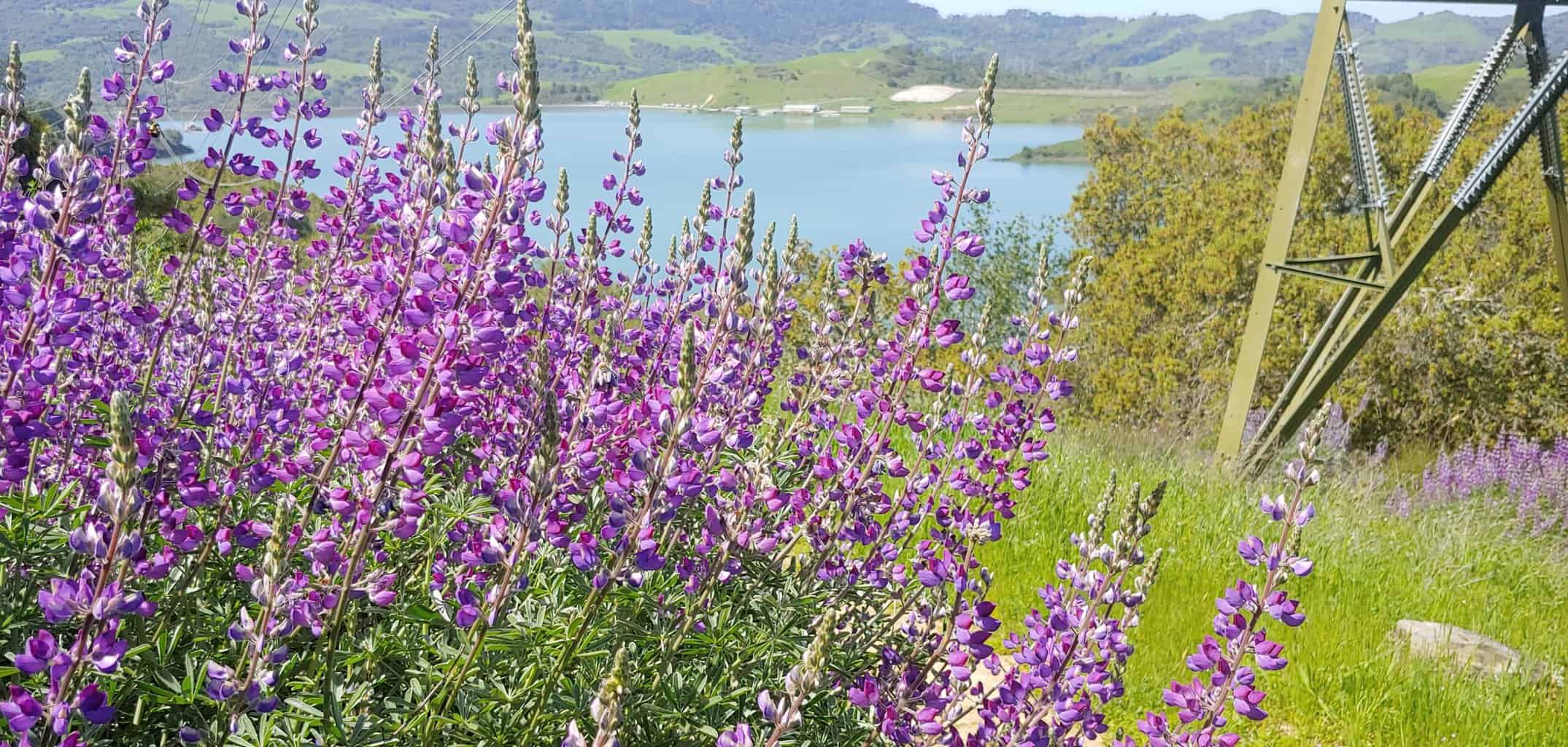 American Discovery Trail (ADT) — East Bay by Ralph Alcorn
American Discovery Trail (ADT) — East Bay by Ralph Alcorn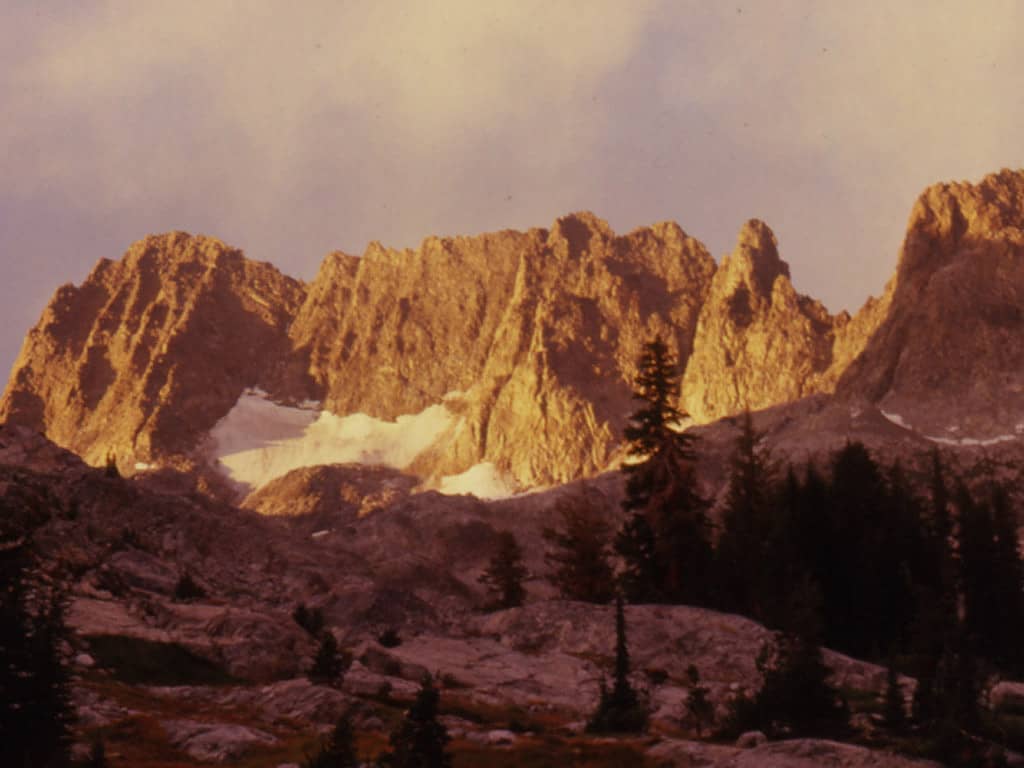 The Minarets, Sierra 2007
The Minarets, Sierra 2007